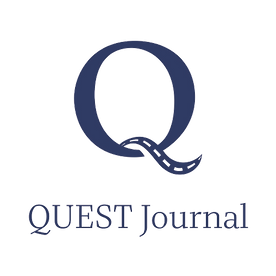Analysis of Sound Propagation and Investigation of Sound Absorbent Materials Using Relative...
- QUEST Admin
- May 10, 2020
- 1 min read
Updated: Apr 19, 2022
...Intensity Differences within an Elementary Learning Environment
By: Anthony Raftis and Sergio Lemus
Abstract
A two-part investigative and experimental study was completed within The Charlotte Lab School. The study revolves around sound and the reduction of noise levels within The Lab School. In the investigative part of this paper, we analyze the sound levels within The Lab School before and after the installation of sound reducing baffles. We found a decrease in sound levels after the installation of sound baffles of 2.44dB, however, the estimated dB level remained at an average of 75.78dB. Since the sound level was still loud for a learning environment, we performed an experiment to determine the best sound absorbent materials for the Charlotte Lab School under specific criteria. Based on the difference in relative intensity levels, an experiment was conducted on a sound absorbance platform where the sound intensity level in decibels was measured for nine objects/materials. These values were compared with an acoustically hard material measurement and a non-material measurement in order to calculate the relative reduced sound reflection level of each material tested.The most absorbent materials at 130Hz were Styrofoam (-2.48dB) and the egg cartons (-2.18dB). At 250Hz the most absorbent materials were the egg cartons (-2.42dB) and the cotton blanket (-2.30dB). At 400Hz the most absorbent materials were the fiberglass (-10.31dB) and the acrylic carpet (-8.22dB).
DOWNLOAD BELOW

Comments